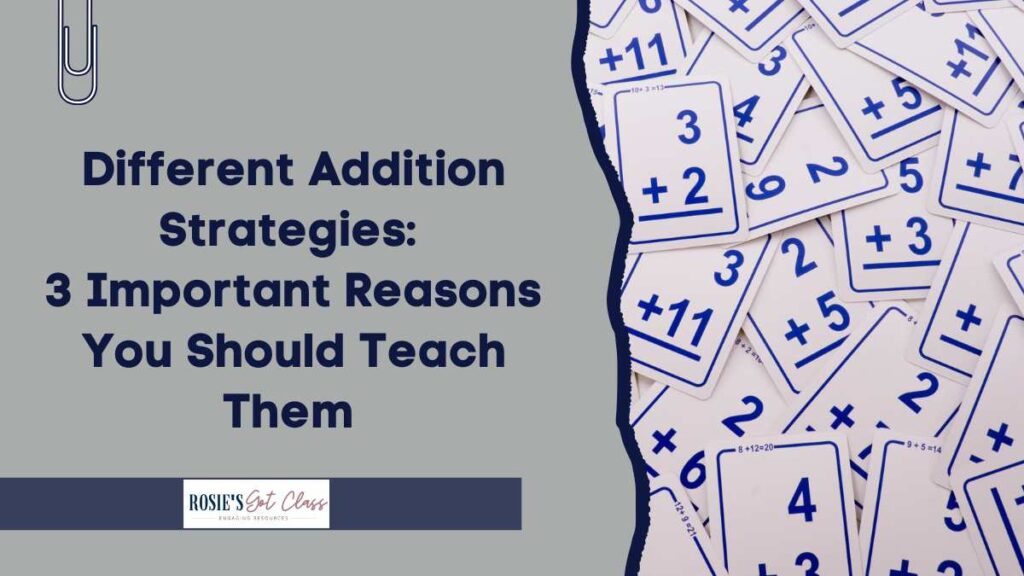
Addition is a fundamental skill in math, but teaching addition strategies goes beyond just solving equations. It helps children build a strong mathematical foundation that supports their success in all areas of math. By teaching strategies, we help students develop deeper number sense, build flexibility with numbers, and strengthen their math fact fluency. These benefits are so important because they can have a long-lasting impact on your students.
Your class can practice their addition strategies in a hands -on way with a game. This Dot Addition and Subtraction game helps your students use the strategies they are learning. When they practice them in a game, you know the game is helping them strengthen their number sense. Since children have fun playing games, they also help students learn their math facts. Put your name and email in the boxes, and this game will be in your inbox to use in your classroom today! It is a win for everyone!
What are the benefits of teaching addition strategies? Is it worth time during your math lesson? Can’t students just use flashcards to learn their addition facts? I know students benefit learning addition strategies that are worth teaching during your math time that are more fun and beneficial than flash cards. Here are three reasons I think you should teach them.
Deepen Number Sense Through Strategies for Addition
Number sense is the ability to understand numbers, their relationships, and how they can be manipulated. Teaching strategies develops this skill by encouraging students to think critically about numbers rather than simply memorizing facts.
For example, using the Make a Ten (solving 8 + 6 by breaking it into 8 + 2 + 4) helps students see numbers are flexible. This strategy builds their understanding of how numbers relate to one another. Also, teaching doubles facts (6 + 6) and near-doubles strategies (6 + 7 as 6 + 6 + 1) encourages students to recognize patterns and use them to simplify problems.
Students who develop deeper number sense through strategies like these are better equipped to tackle complex math concepts as they progress through school. They don’t just solve problems because they understand the “why” behind the solutions.
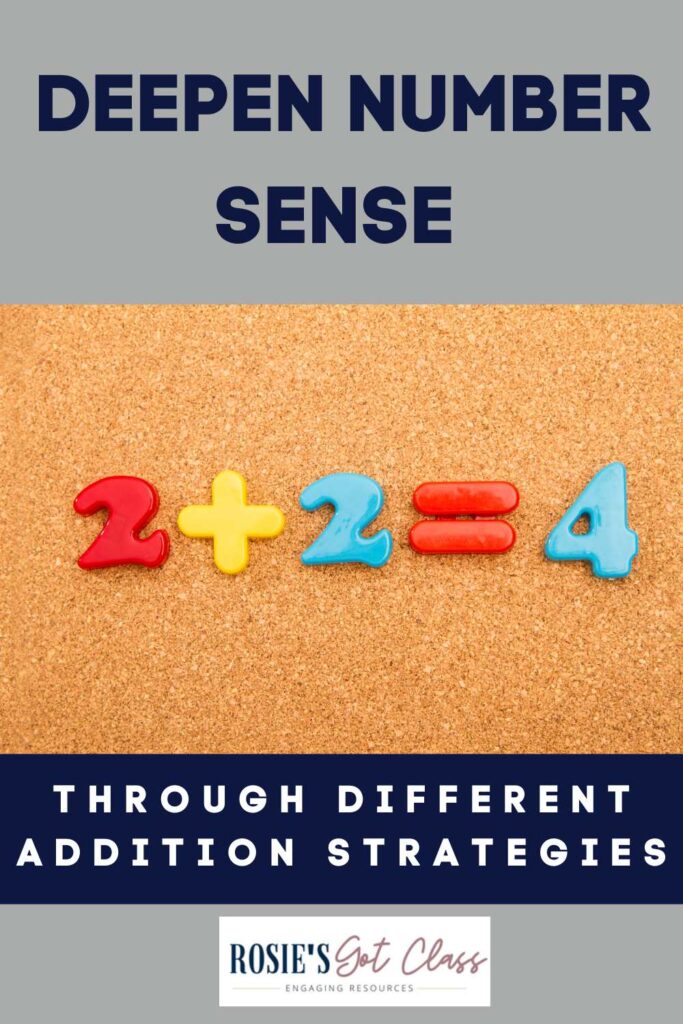
Build Flexibility with Numbers
Teaching mental addition strategies empowers students to think flexibly about numbers. Flexibility is essential because it allows students to choose the most efficient method to solve problems, adapt to new situations, and apply their knowledge in real-world contexts.
They need to learn to look at the numbers and think about them. Is it best to use the Make a 10 strategy or Counting On strategy? Are the numbers doubles, near doubles, or doubles plus 2? When students analyze the numbers and begin to see the patterns, they begin developing the ability to use numbers flexibly. They learn that they can manipulate numbers to solve the problem in the most efficient way. When students learn addition strategies that prioritize flexibility, they develop confidence in their abilities and become more adaptable thinkers.
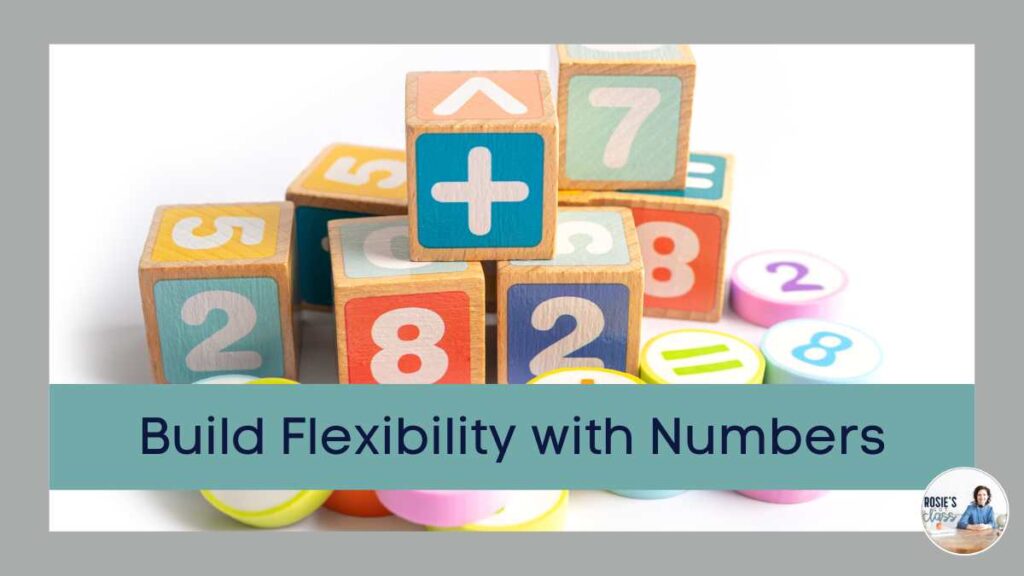
Strengthen Math Fact Fluency
Fluency in math facts such as knowing addition combinations within 20 is crucial for building a strong mathematical foundation. However, math fact fluency is about more than just speed. It’s about accuracy, efficiency, and the ability to apply knowledge to new problems.
Teaching strategies directly supports fluency by giving students tools to solve problems quickly and accurately. For instance, counting on from the larger number by solving 7 + 3 and starting at 7 and counting up three is a simple but effective way to build fluency. Similarly, teach students to make a ten when solving 9 + 6. They can think of it as 10 + 5 which is easier to solve. This helps them develop efficient mental addition strategies.
When students are fluent in addition, they free up mental energy for more advanced math tasks. This fluency prepares students for future learning in multiplication, division, fractions, and beyond.
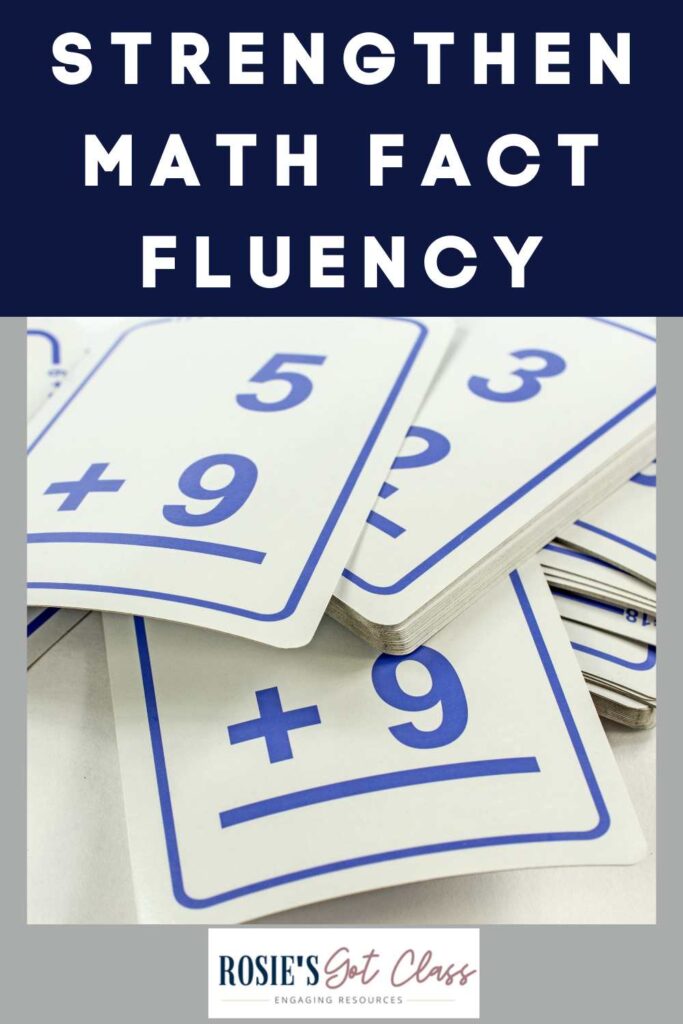
Preparing Students for Later Math Skills
Teaching strategies doesn’t just help students in first or second grade. They prepare them for success in more complex areas of math. A strong foundation in addition is critical for understanding concepts like regrouping in subtraction, place value, and even algebraic thinking.
For instance, when students use the decomposing strategy to break numbers into tens and ones, they are building an understanding of place value. This knowledge is essential for learning multi-digit addition, subtraction with regrouping, and multiplication. Similarly, recognizing patterns in numbers through strategies like doubles facts lays the groundwork for understanding multiplication as repeated addition.
When you teach addition strategies, you’re not just helping students solve today’s math problems. You’re equipping them with skills that will serve them throughout their education.
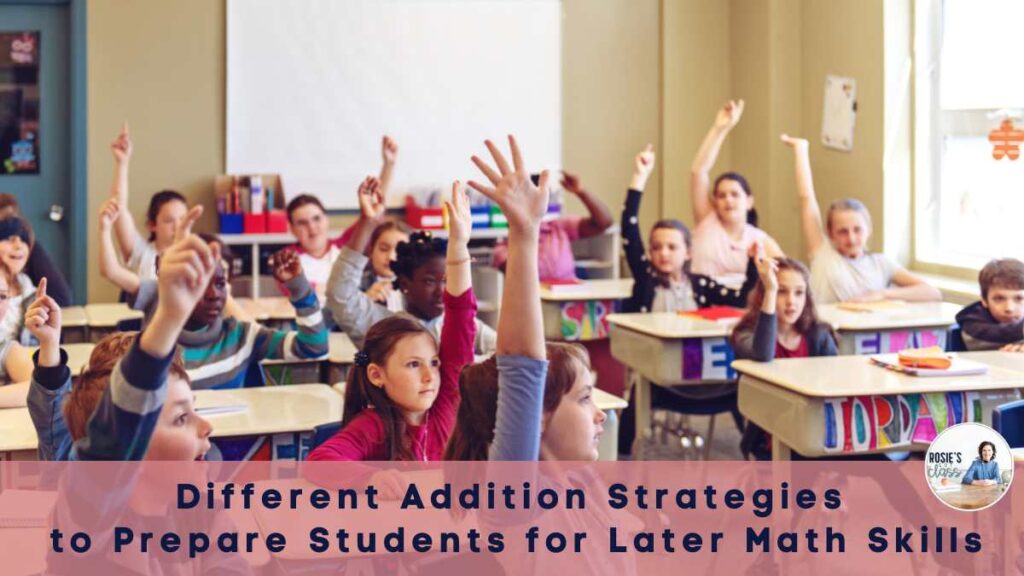
Effective Addition Teaching Methods
There are many ways to incorporate strategies for addition into your classroom. Here are a few ideas.
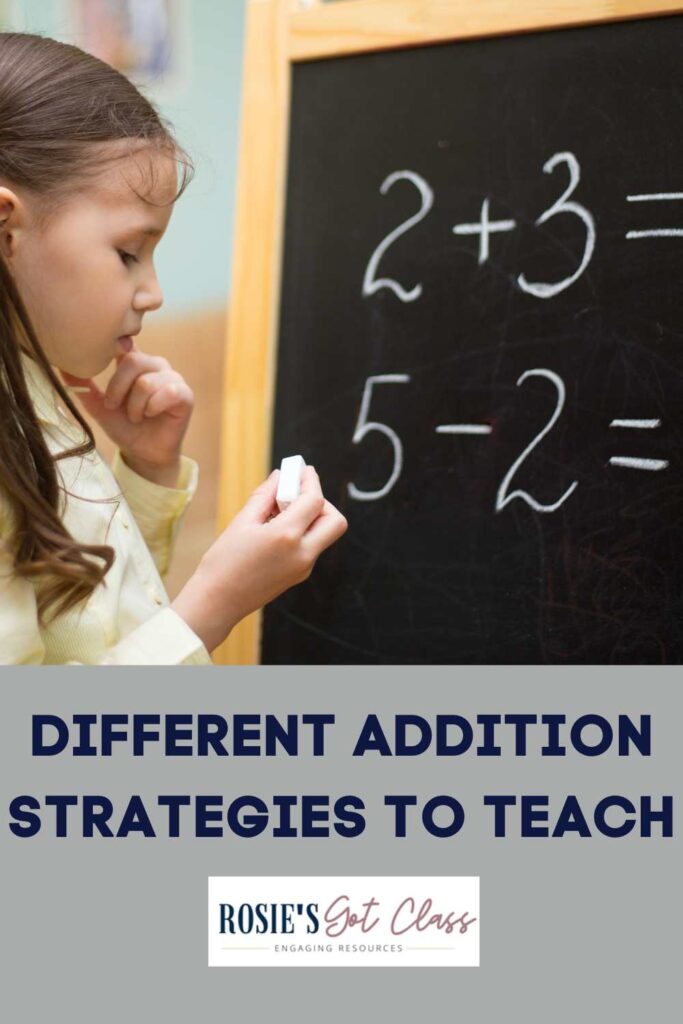
1. Use Manipulatives
Tools like counters, number lines, and base-ten blocks make abstract addition concepts tangible. For example, students can physically group objects to practice the Make a Ten strategy.
2. Use Games
Math games are a fun and engaging way to practice addition strategies. Games like Spin and Play or Color by Code are excellent for reinforcing addition facts while keeping students motivated.
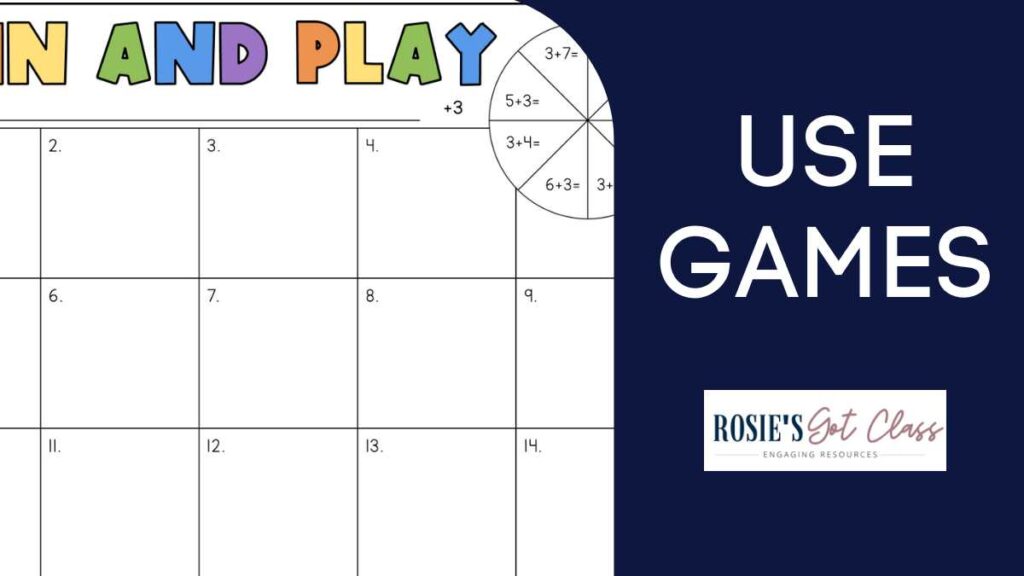
3. Practice Mental Math
Encourage students to solve problems in their heads using strategies like friendly numbers or breaking numbers apart. Regular practice with mental math builds confidence and fluency.
4. Provide Visual Models
Use ten frames, number bonds, and bar models to visually represent addition strategies. These tools help students see the relationships between numbers and make connections.
5. Encourage Discussion
Have students explain their thought processes when solving addition problems. You can do this with your whole class, in small groups, or with a partner. This practice deepens their understanding and helps them learn from one another.
In conclusion, teaching addition strategies is about more than just helping students find the correct answer. It’s about giving them the tools to understand numbers deeply, think flexibly, and build fluency. By focusing on these skills, you’re laying the foundation for your students’ future success in math and beyond.
Whether you’re using hands-on activities, games, or visual models, incorporating effective strategies for addition into your classroom will engage your students and make math meaningful. So next time you plan your math lessons, remember that teaching mental addition strategies is one of the most powerful ways to help your students grow as confident and capable mathematicians.
Start teaching addition strategies today and watch your students thrive!
Here are some other articles you might find helpful.


